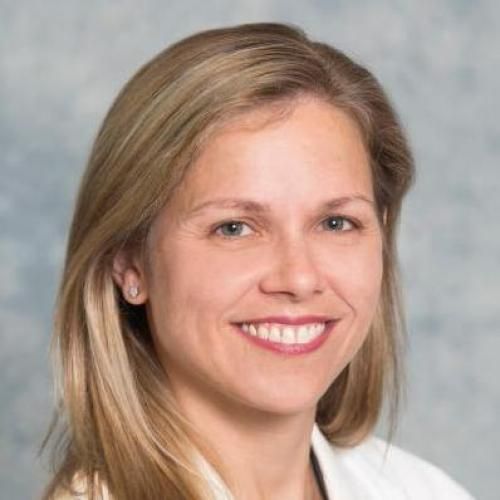Cortical stimulation mapping for localization of visual and auditory language in pediatric epilepsy patients.
OBJECTIVE: To determine resection margins near eloquent tissue, electrical cortical stimulation (ECS) mapping is often used with visual naming tasks. In recent years, auditory naming tasks have been found to provide a more comprehensive map. Differences in modality-specific language sites have been found in adult patients, but there is a paucity of research on ECS language studies in pediatric patients. The goals of this study were to evaluate word-finding distinctions between visual and auditory modalities and identify which cortical subregions most often contain critical language function in a pediatric population. METHODS: Twenty-one pediatric patients with epilepsy or temporal lobe pathology underwent ECS mapping using visual (n = 21) and auditory (n = 14) tasks. Fisher's exact test was used to determine whether the frequency of errors in the stimulated trials was greater than the patient's baseline error rate for each tested modality and subregion. RESULTS: While the medial superior temporal gyrus was a common language site for both visual and auditory language (43.8% and 46.2% of patients, respectively), other subregions showed significant differences between modalities, and there was significant variability between patients. Visual language was more likely to be located in the anterior temporal lobe than was auditory language. The pediatric patients exhibited fewer parietal language sites and a larger range of sites overall than did adult patients in previously published studies. CONCLUSIONS: There was no single area critical for language in more than 50% of patients tested in either modality for which more than 1 patient was tested (n > 1), affirming that language function is plastic in the setting of dominant-hemisphere pathology. The high rates of language function throughout the left frontal, temporal, and anterior parietal regions with few areas of overlap between modalities suggest that ECS mapping with both visual and auditory testing is necessary to obtain a comprehensive language map prior to epileptic focus or tumor resection.
Duke Scholars
Altmetric Attention Stats
Dimensions Citation Stats
Published In
DOI
EISSN
Publication Date
Volume
Issue
Start / End Page
Location
Related Subject Headings
- Neurology & Neurosurgery
- 3213 Paediatrics
- 3209 Neurosciences
- 1114 Paediatrics and Reproductive Medicine
Citation
Published In
DOI
EISSN
Publication Date
Volume
Issue
Start / End Page
Location
Related Subject Headings
- Neurology & Neurosurgery
- 3213 Paediatrics
- 3209 Neurosciences
- 1114 Paediatrics and Reproductive Medicine




